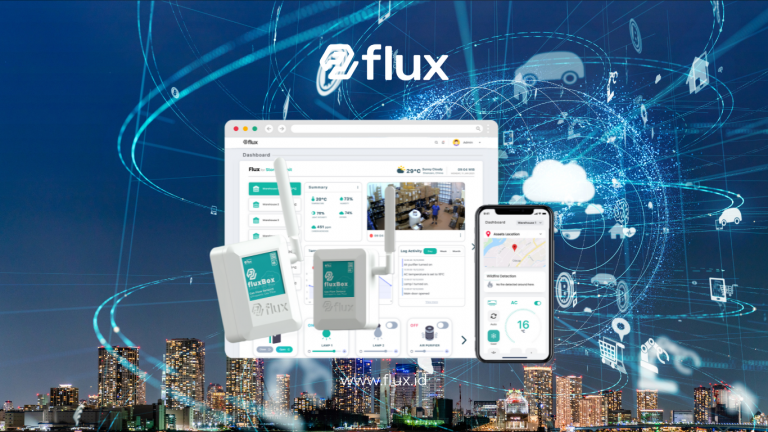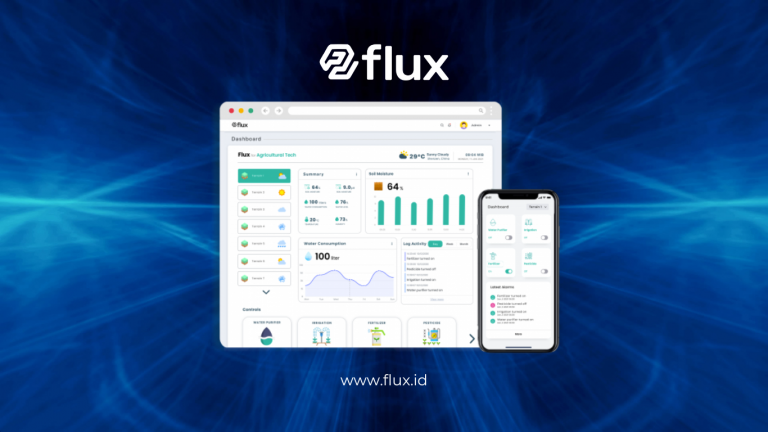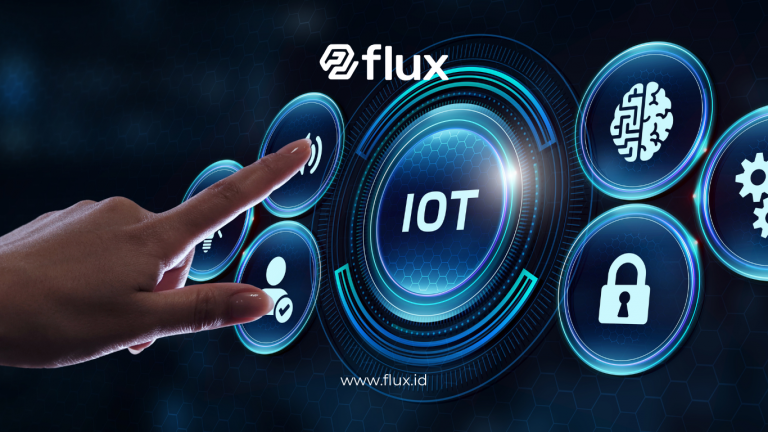Don't miss our holiday offer - 20% OFF!
The Fourth Industrial Revolution has significantly transformed various sectors, including agriculture. The Internet of Things (IoT) has become a crucial technology in creating modern, efficient, and sustainable farming systems. By utilizing IoT for agricultural monitoring, farmers can manage land, monitor crop conditions, and optimize resource usage more effectively.
This technological advancement enables farmers to respond to changes in weather, soil conditions, and pest threats in real time. The use of IoT in agriculture not only increases productivity but also supports sustainable farming practices that are essential for the future of food security.
Contents
What is IoT in Agriculture?
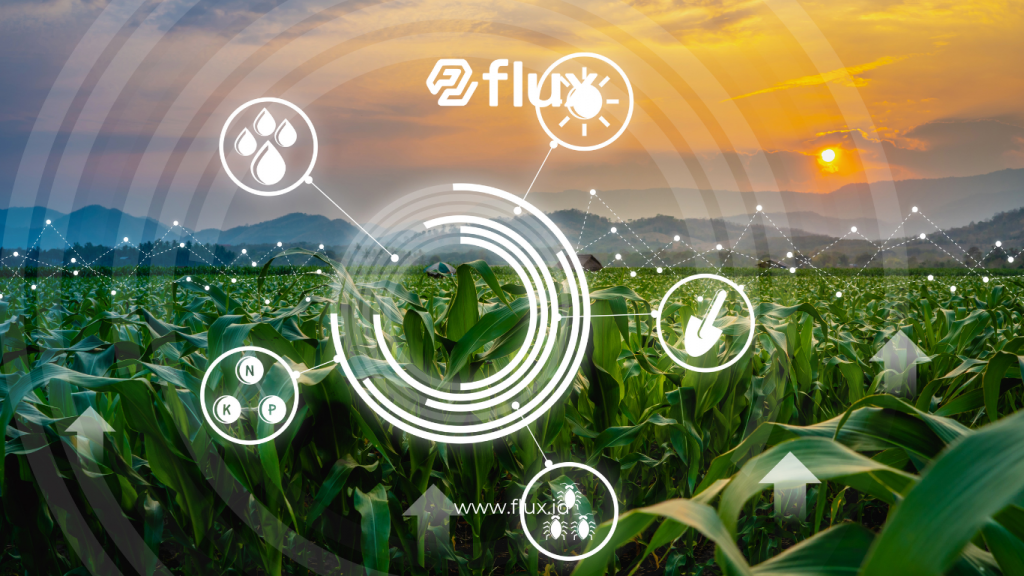
Read More: Transforming Agriculture with IoT: Technology for Smart Farming
IoT in agriculture refers to the use of internet-connected devices to collect, transmit, and analyze field data. These devices can include soil sensors, weather sensors, drones, and surveillance cameras. The data collected from these devices assists farmers in making more accurate, data-driven decisions.
Main Functions of IoT in Agriculture:
- Crop Monitoring: Sensors installed in the fields measure soil moisture, air temperature, and sunlight intensity.
- Water Management: IoT enables automatic irrigation systems that activate based on moisture sensor data.
- Pest and Disease Detection: Surveillance cameras and sensors can detect the presence of pests and diseases, enabling early intervention.
Benefits of Utilizing IoT for Agricultural Monitoring
The use of IoT in agricultural monitoring offers significant benefits. Here are some key advantages:
1. Increased Productivity
With real-time data from IoT sensors, farmers can make quicker and more effective decisions. For example, if soil moisture is too low, the automatic irrigation system can activate to prevent drought stress on crops.
2. Efficient Use of Resources
The usage of water, fertilizers, and pesticides can be optimized. IoT facilitates efficient use of resources, reducing waste and enhancing sustainability.
3. Better Risk Management
Data from weather sensors allow farmers to prepare for extreme weather changes, minimizing potential crop loss due to sudden storms or droughts.
4. Reduction in Operational Costs
Automation of land management processes through IoT reduces the need for manual labor, resulting in lower operational costs.
5. Sustainability and Environmental Friendliness
By optimizing water usage and reducing the overuse of fertilizers and pesticides, IoT-based farming promotes more environmentally friendly agricultural practices.
Technologies Used in IoT for Agriculture
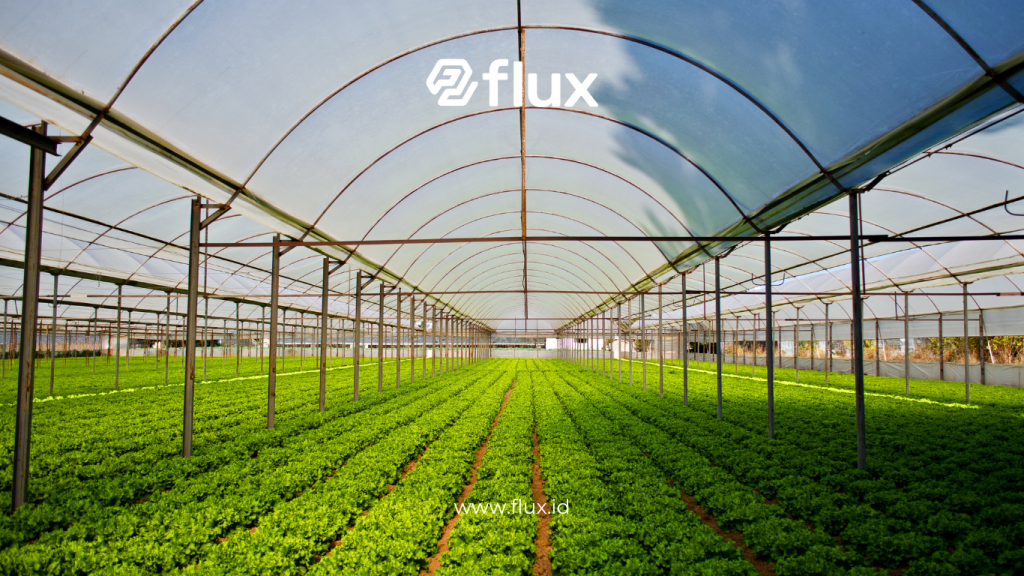
Read More: Optimizing Sustainable Agriculture with IoT Sensors for Soil Nutrients
Various devices and technologies are needed to implement IoT for agricultural monitoring. Here are the most commonly used technologies:
1. Soil Sensors
Soil sensors measure parameters like moisture, temperature, and pH levels. This data supports accurate irrigation and fertilization management.
2. Drones and Surveillance Cameras
Drones are used to monitor fields from the air. With attached cameras, farmers can visually assess crop conditions and detect pests or diseases.
3. Weather Sensors
Weather sensors measure temperature, humidity, wind speed, and rainfall. This data helps farmers determine the optimal time for planting and harvesting.
4. Automated Irrigation Systems
IoT-enabled irrigation systems allow for automatic watering, triggered by data from soil moisture sensors. This system reduces water usage and ensures crops get the right amount of water.
5. Data Management Applications
Data from all IoT devices is collected and analyzed through cloud-based data management applications. Farmers can access this data via smartphones or computers to make timely decisions.
Challenges in Utilizing IoT for Agricultural Monitoring
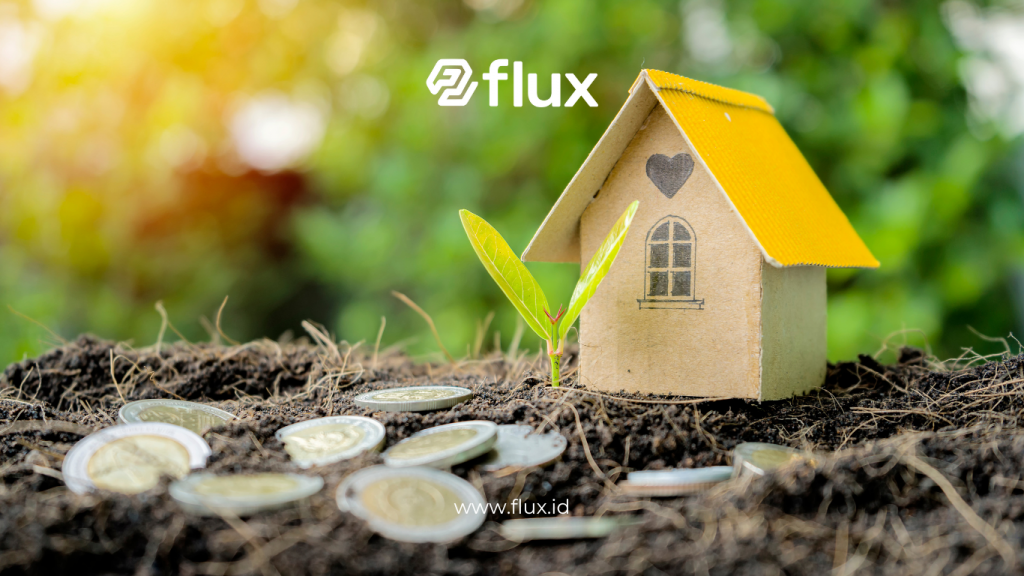
Read More: IoT Sensors in Agriculture: Monitoring Plant Health in Real-Time
Despite the numerous benefits, there are several challenges to overcome, such as:
1. Implementation Costs
The cost of acquiring IoT devices and systems is relatively high. Support from governments and financial institutions is essential to make this technology accessible to small and medium-sized farms.
2. Internet Connectivity Issues
Many agricultural fields are in remote areas with limited internet access. Long-range wireless networks (LPWAN) and satellite-based internet connectivity can help address this issue.
3. Data Security
Since agricultural data is stored in the cloud, cybersecurity threats are a concern. It is crucial to strengthen IoT security and implement data protection measures.
4. Lack of Technological Knowledge
Not all farmers understand how IoT works. Training and education are essential to ensure that farmers can fully leverage this technology.
Case Study: IoT Implementation in Agriculture
One successful example of IoT utilization in agriculture is the application of smart irrigation systems. With moisture sensors in place, the irrigation system automatically activates only when the soil requires water, significantly reducing water usage.
Another example is the use of drones for pest monitoring. By capturing aerial images of the fields, farmers can detect pest infestations early and take preventive measures. This proactive approach reduces crop loss and minimizes the need for chemical pesticides.
Conclusion
The utilization of IoT for agricultural monitoring has created vast opportunities for farmers to optimize production, reduce costs, and support sustainability. Technologies like soil sensors, drones, and automated irrigation systems enable efficient farm management. While there are challenges in implementing IoT, the long-term benefits outweigh the initial investment. Therefore, IoT-based agriculture is a key to success in this modern era.
Farmers who embrace IoT technology will be better prepared to meet future challenges and adapt to a rapidly evolving industry. With IoT at the heart of modern agriculture, it is clear that this technological revolution will continue to transform farming practices and enhance food security around the world.



